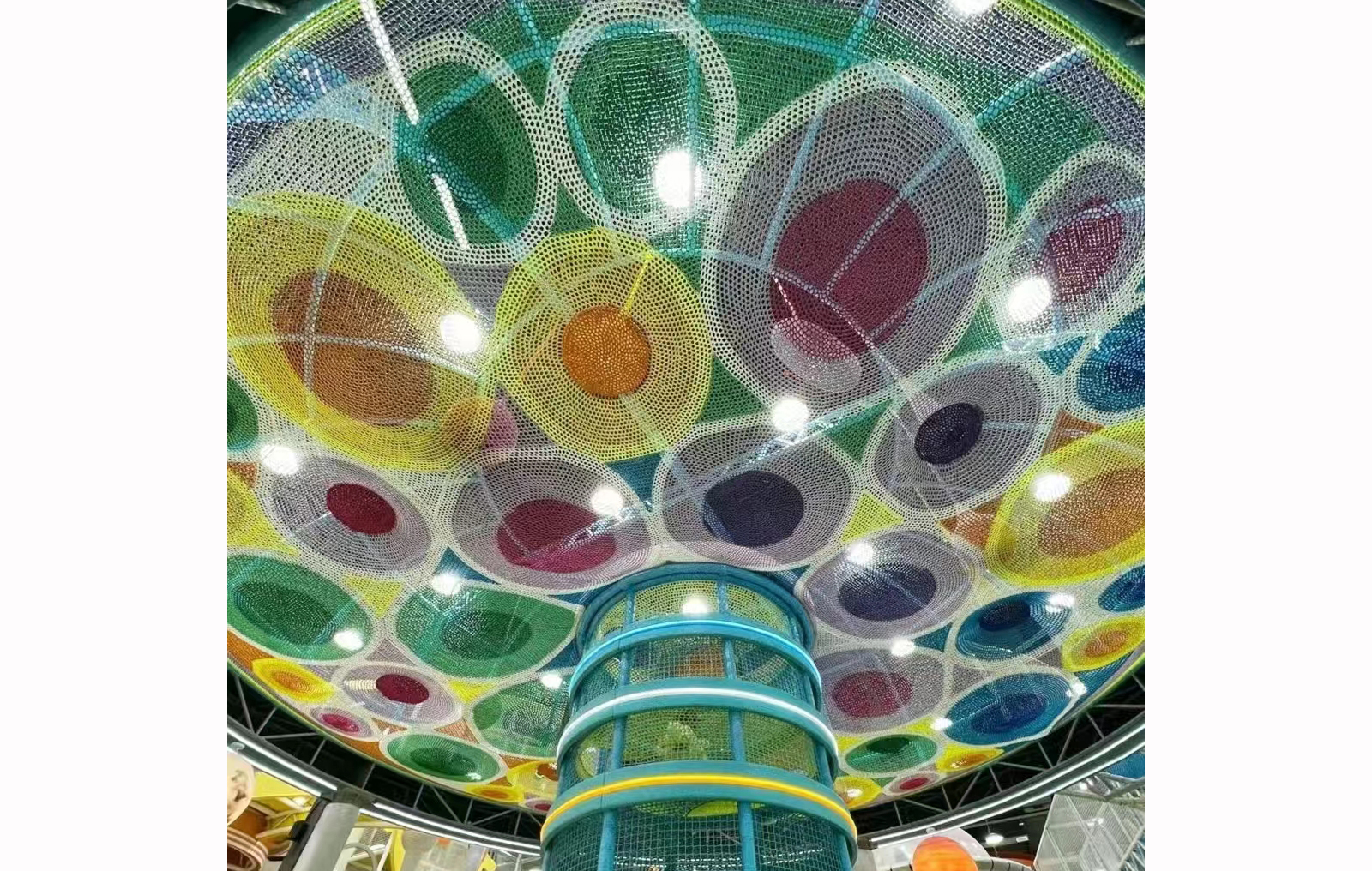Product Catalog
laygrounds are a staple in a child's life, offering a world of fun, adventure, and learning. When it comes to playgrounds, there are two main types: indoor and outdoor. Each type has its own unique characteristics, advantages, and drawbacks, which can significantly impact a child's playtime experience. Indoor playgrounds are in buildings, offer a controlled, weather - proof space with soft play and educational toys. Outdoor ones are in the open, have traditional equipment, fresh air, but are weather - dependent. Both have distinct safety and operating - hour aspects.Here are the details:
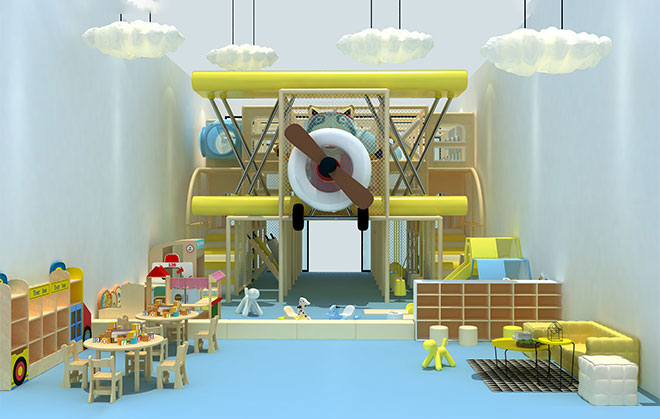
Custom Cartoon Indoor Soft Play Set
Location and Environment
-
Indoor playgrounds: These are located inside buildings, offering a controlled environment. They are not affected by weather conditions, allowing children to play regardless of rain, snow, or extreme heat. However, the space is relatively confined, and the air circulation depends on the building's ventilation system.
-
Outdoor playgrounds: Situated outdoors, they provide children with direct contact with nature. They usually have more open space, allowing for a greater sense of freedom and exploration. Children can enjoy fresh air, sunlight, and changing seasons, but they are subject to weather changes.
Play Equipment
-
Indoor playgrounds: Tend to have a variety of soft play equipment, such as ball pits, foam blocks, and inflatable structures, which are designed to minimize the risk of injury. There may also be some educational toys and games, like puzzles and building blocks, to stimulate children's cognitive development.
-
Outdoor playgrounds: Typically feature more traditional playground equipment, like swings, slides, climbing frames, and seesaws. These are often made of metal, wood, or plastic and are more durable to withstand the outdoor elements. Some outdoor playgrounds may also have natural elements like sand pits, water play areas, or wooden logs for climbing.
Operating Hours
-
Indoor playgrounds: Usually have fixed operating hours, which are often determined by the opening and closing times of the building or shopping mall where they are located. They may be open from morning to evening, with some variations depending on the day of the week and holidays.
-
Outdoor playgrounds: In public parks, outdoor playgrounds are generally accessible from dawn to dusk. Some private outdoor playgrounds may have specific operating hours, but they often offer more flexibility compared to indoor ones, as they are not limited by building access.
Safety and Supervision
-
Indoor playgrounds: The controlled environment makes it easier to ensure safety. The surfaces are often softer, and there are fewer potential hazards compared to outdoor areas. However, overcrowding can be an issue, and parents or staff need to monitor children to prevent accidents caused by collisions or improper use of equipment.
-
Outdoor playgrounds: While they provide a more natural and diverse play environment, there are more potential safety risks, such as uneven ground, exposure to the sun, and the possibility of falling from higher equipment. Parents and supervisors need to be more vigilant about these risks and ensure that children follow safety rules.
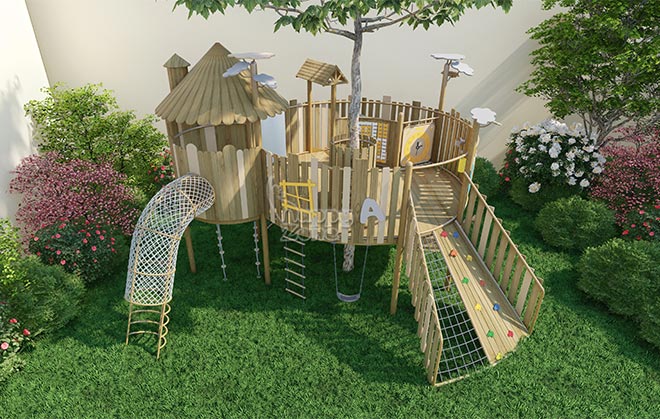
Commercial Outdoor Playground Set
In conclusion, both indoor playgrounds and outdoor playgrounds offer valuable play experiences for children. Indoor playgrounds provide a weather - proof and controlled space with a focus on soft play and education, while outdoor playgrounds allow kids to connect with nature, enjoy traditional play equipment, and have more freedom. The choice between the two often depends on the weather, the child's preferences, and the family's schedule.









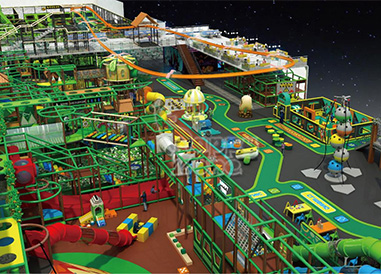
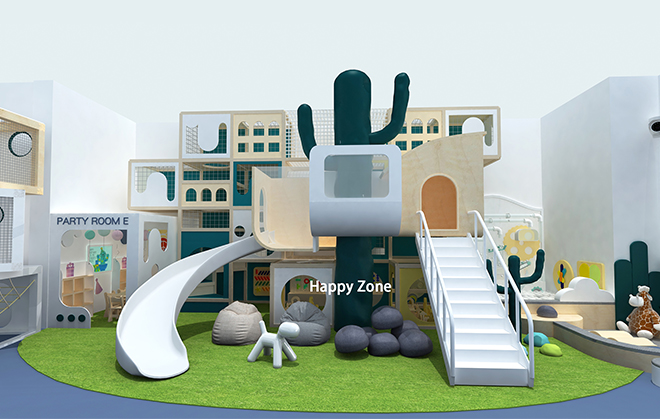
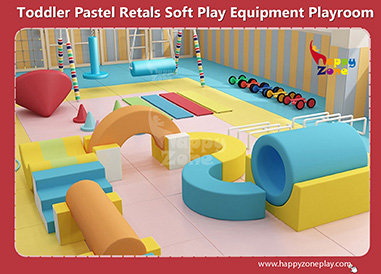
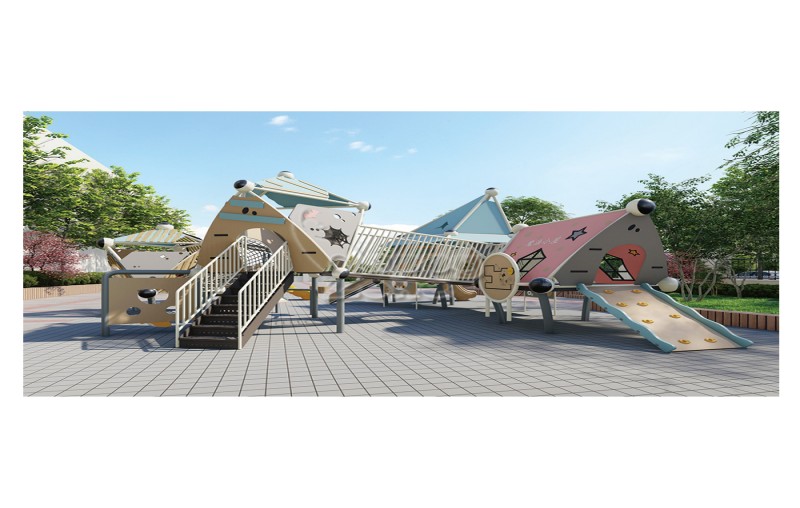
1.jpg)
.jpg)
